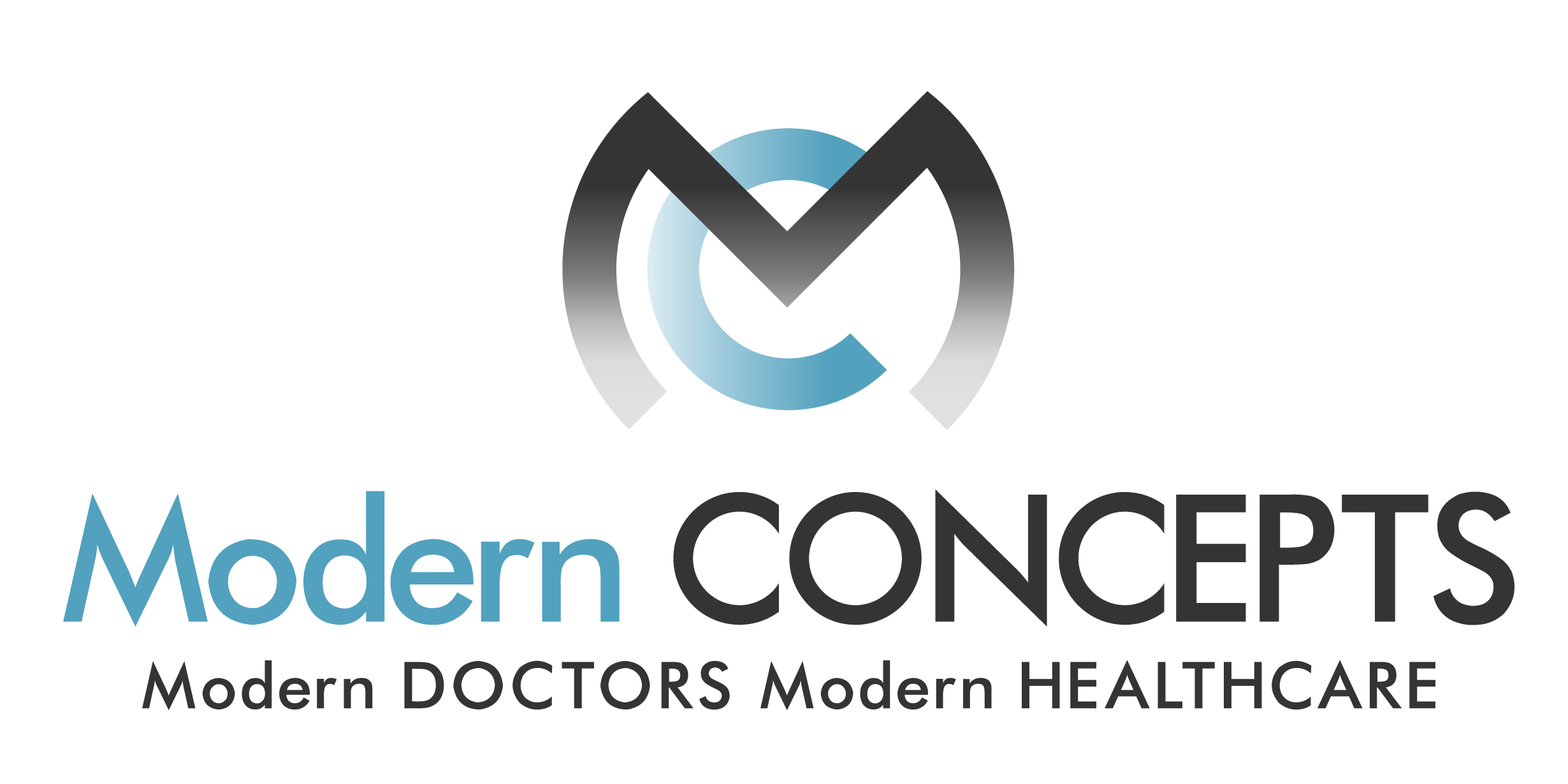
Your spine alignment plays an integral role in overall health and wellness. Obviously, the spine lays the framework for the skeletal and muscular systems which allow for movement and protection of essential organs from injury. However, did you know that the spine is also the highway that connects all neurological pathways to the brain? Wiggling your toes, coordinating immune responses, and automatic functions such as reflexes and sensations, are all controlled by neurological pathways.
Control can be defined as the ability to start AND stop something. When your spine is out of alignment, neurological pathways become interrupted which makes your body have to work harder at processes that are normally second nature (neurological interference). Today we’re taking a look at how low back pain and subluxation, can interrupt the body’s natural processes and cause pain, and overall loss of function.
Subluxation:
All chiropractic treatments are based on the concept of “subluxation”. A subluxation can be defined as the relocation of a joint (a degree less than a dislocation) that causes neurological interference. Here’s how it works using the spine as an example:
1) Damage to soft tissue and ligaments.
When vertebrae move out of place, they can cause uneven pressure/stress on the discs between the vertebrae and the ligaments that allow the vertebrae to move. Think of a sandwich with multiple layers. If we relocate the bread (represents the vertebrae), the meat, lettuce, tomato, cheese etc. (vertebral discs) lean/spread unevenly and the sandwich falls apart.
2) Over-engagement of surrounding muscle groups. Using the example above, as our sandwich starts to lean our instant reaction is to reach out with our hands to stabilize it/keep it from falling. The same is true with vertebrae in the spine. As our vertebrae start to relocate away from normal positioning, our supporting muscle groups take on more stress which leads to muscular tension. I.e. If we have a subluxation in the cervical spine, we engage more of our neck muscles and traps to support it.
3) Neurological Interference. As the discs between vertebrae endure more stress, they begin so inflame/swell. When they swell past a certain point, they begin to interfere with normal neurological function. Think of your peripheral nerves like a garden hose. When we kink a water hose, the water begins to sputter and flow stops. When inflammation compresses our nerves, the information flow becomes interrupted and it can lead to symptoms such as muscle spasms, shooting pains, numbness/tingling, and even burning sensations.
4) Osteoarthritis. As joints experience more pressure and wear down the protective cartilage, it increases the chance that the bones will contact each other. Imagine that we’re starting a fire. We generate a spark (irritation) by taking a knife to flint. The same can be said about bones contacting each other. The more contact bone endings make with one another, the more irritation (sparks) are generated.
All in all, if you are experiencing neck, shoulder, mid back, low back, hip, knee, or pain in your extremities, some of your symptoms may be a product of subluxation. Be sure to consult a medical professional before proceeding with chiropractic care. Stay tuned to the Modern Concepts blog for more information about your overall health!


